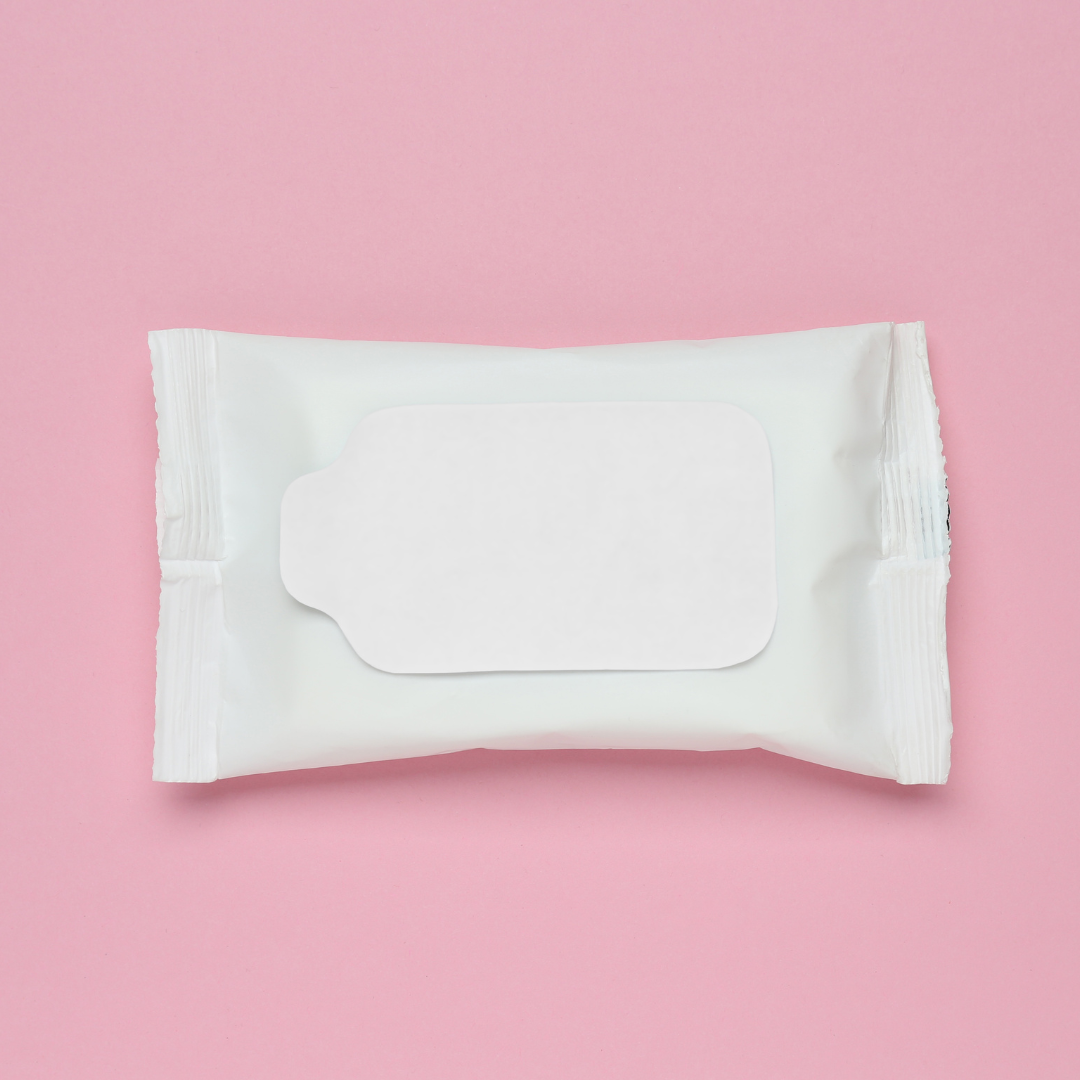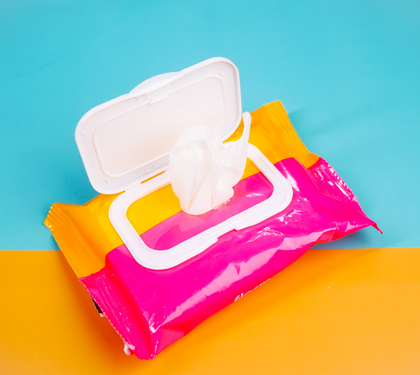In recent years, wet wipes have become a ubiquitous part of our daily hygiene routines. From cleansing our faces to wiping down surfaces, these convenient products have found their way into households, businesses, and even public restrooms worldwide. However, as their popularity has soared, so too has concern over their environmental impact. Governments around the globe are increasingly recognising the need to address the issues posed by wet wipes and are taking action to mitigate their environmental harm.
The Rise of Wet Wipes:
Wet wipes, also known as moist towelettes or baby wipes, were first introduced in the 1970s as a convenient alternative to traditional cloth towels. Initially marketed for baby care, their usage quickly expanded to various personal hygiene and cleaning applications. Today, wet wipes are available for a multitude of purposes, including makeup removal, surface cleaning, and even as alternatives to toilet paper.
The Environmental Toll:
Despite their convenience, wet wipes present significant environmental challenges. Unlike toilet paper, which disintegrates upon flushing, most wet wipes are made from non-biodegradable materials such as polyester, polypropylene, and other synthetic fibers. When flushed down toilets, they can clog sewage systems and contribute to the formation of fatbergs, congealed masses of grease and non-biodegradable waste that can wreak havoc on municipal infrastructure.
Furthermore, even when disposed of in the trash, wet wipes often end up in landfills, where they can take years to decompose. During this time, they release microplastics and harmful chemicals into the environment, posing threats to wildlife and ecosystems.
Impact on Marine Life:
One of the most concerning aspects of wet wipe pollution is its impact on marine life. When flushed down toilets or washed into waterways, wet wipes can end up in oceans and rivers, where they pose a serious threat to marine animals. Marine creatures often mistake these wipes for food, leading to ingestion and subsequent entanglement, which can be fatal.
Government Action:
Recognising the urgency of addressing wet wipe pollution, governments around the world are implementing various measures to combat the issue. In the European Union, for instance, wet wipes containing plastic are slated to be banned by 2025 under the Single-Use Plastics Directive. Additionally, several countries have introduced labeling requirements to inform consumers about the proper disposal of wet wipes and the environmental consequences of flushing them.
Moreover, some municipalities have launched public awareness campaigns to educate citizens about the impacts of wet wipes on the environment and the importance of proper disposal. These initiatives aim to encourage behavior change and promote the use of more sustainable alternatives, such as biodegradable wipes or reusable wipes.
The Role of Industry:
In addition to government action, the wet wipe industry itself plays a crucial role in addressing environmental concerns. Many companies have begun developing and promoting biodegradable alternatives to traditional wet wipes, using materials that break down more easily in the environment. Furthermore, some manufacturers have adopted innovative recycling programs to collect and repurpose used wipes, reducing their environmental footprint.
The environmental impact of wet wipes is a pressing issue that requires collective action from governments, industry stakeholders, and consumers alike. While wet wipes offer undeniable convenience, their detrimental effects on ecosystems and marine life cannot be ignored. By implementing regulations, promoting sustainable alternatives, and raising awareness, we can work together to mitigate the environmental harm caused by wet wipes and create a cleaner, healthier planet for future generations.





